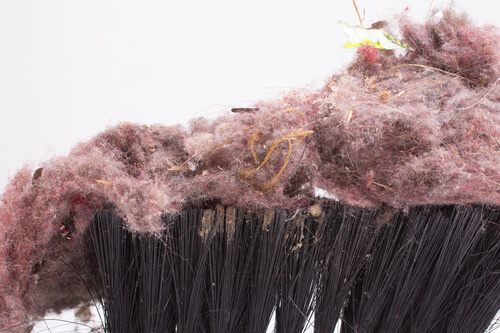
The cleanliness of the air ducts within your home or office will determine the quality of air you breathe. When air ducts are not cleaned for extensive periods of time, they may collect mold, dust, pollen, spider webs and other debris, all of which are spread throughout the building via the ventilation system. Another organism that may live in the air ducts of your home or office are dust mites.
Dust mites are critters that can only be seen with a microscope. They enjoy living in close proximity to humans since they can consume things like the skin flakes which are shed by them. Dust mites are one of the main culprits for both asthma as well as allergies. Despite being microscopic in size, these unseen pests are responsible for allergic reactions since their gut utilizes digestive enzymes which are very powerful, so powerful that when their feces are inhaled by humans they develop allergies or wheezing.
In addition to air ducts, dust mites can also be found on beds and pillows. As the number of dust mites grows, this leads to homeowners inhaling more of their chemicals, which can ultimately lead to allergies so bad that a visit to the doctor or pharmacy is needed. Dust mites will significantly impact the quality of air within your home or office. The interiors of buildings are the ideal breeding place for them. Because they feed on the skin flakes that are shed by humans and their pets, they are provided an endless supply of food.
Air ducts are the primary way in which the feces from dust mites are able to circulate around your home. When the majority of homeowners or their children experience allergies, they are quick to visit their doctor or the local pharmacy to buy medicine. Few bother to take a look at their air ducts. The reason for this is because dust mites aren’t easy to detect, and it is hard to fight something you can’t see.
Unfortunately, the complete eradication of dust mites is not possible with existing technology. The reason for this is because they breed at an extremely rapid pace, and for every dust mite you kill, there are a few more to replace it. However, there are a number of steps you can take to reduce the amount of dust mites which are in your home.
Wash and change your bedding on a regular basis. This includes pillow cases, mattress covers, sheets and blankets. Most important of all is cleaning your air ducts regularly. As more dust mite feces accumulate in your air ducts, it will circulate around your home and you will breathe it in. Cleaning your air ducts will improve your air quality while reducing your allergies and alleviating asthma. You can also purchase air filters with antimicrobial properties. These will also contribute to improved air quality. Dust mites should be taken seriously, especially by people that suffer from asthma.